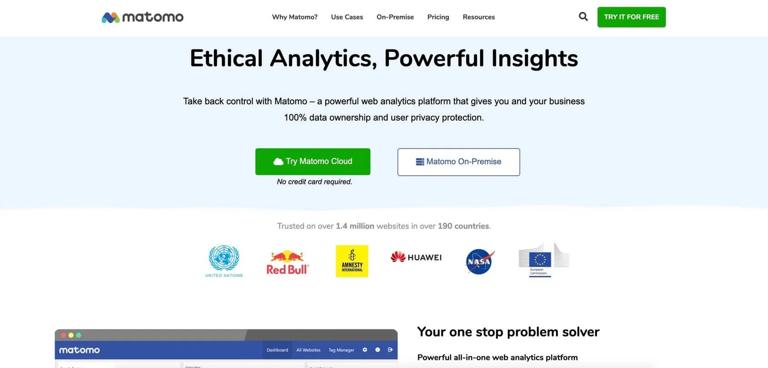
How Do Market Makers Profit in CFD Trading?
Imagine walking into a bustling marketplace where vendors and buyers constantly interact, but behind the scenes, some players are making money simply by setting the stage. That’s pretty much what market makers do in CFD trading. They’re like the shopkeepers of the financial world, providing liquidity and making profits along the way. Curious how they manage that? Let’s unpack this.
The Role of Market Makers in CFD Trading
CFD, or Contracts for Difference, trading has exploded in popularity, giving everyday traders a chance to speculate on a broad range of assets—from forex and stocks to cryptocurrencies, commodities, and indices. But at the core of this ecosystem are market makers. These entities are vital; they’re the liquidity providers who quote buy and sell prices, ensuring markets stay active and flexible.In essence, market makers don’t need to wait for other traders to step in before executing a trade. They’re always ready, setting prices that reflect current market conditions, and taking the opposite side of traders’ positions. When the trader wins, the market maker often wins too—its a dance of risk and reward, balanced carefully.
How Do Market Makers Make Money?
When you think of profits in this arena, it’s easy to picture a simple buy low, sell high scenario, but for market makers, it’s a tad more nuanced:
-
The Spread: This is usually the primary source of profit. Market makers quote two prices—a bid and an ask—separated by a spread. When a trader opens a position, they often buy at the ask and sell at the bid. The difference isn’t just bargaining power; it’s the market maker’s cushion. Think of it as a small commission embedded in every trade that, over time, adds up in their favor.
-
Price Movements and Reversion: Market makers monitor fluctuations, aiming for trades that revert to the mean or stay within predictable ranges. When prices bounce around the spread, they can buffer small losses and harvest profits from more stable price fluctuations.
-
Hedging and Arbitrage: Some market makers employ advanced models, hedging their risk with other financial instruments or exploiting small differences across markets (arbitrage). When done effectively, these strategies smooth out potential losses and multiply profit streams.
Advantages of Operating as a Market Maker
While it sounds technical, being a market maker means gaining certain advantages. They enjoy the ability to set tight spreads, especially in popular assets like forex pairs or major cryptocurrencies. This control allows them to attract more traders, expanding their trading volume—think of it as opening a store with attractive prices.Moreover, market makers can leverage advanced tech—automated trading algorithms, real-time data feeds, AI analytics—to better predict market movements and optimize their quoting strategies. These tools aren’t just buzzwords; they’re game-changers, especially in the high-speed world of CFD trading.
The Wave of Web3 and Decentralized Finance: New Frontiers and Challenges
As the financial industry shifts towards decentralization, opportunities and hurdles come hand in hand. Decentralized Finance (DeFi) aims to eliminate middlemen like traditional market makers by using smart contracts on blockchain networks. Imagine a future where trading is fully automated, transparent, and censorship-resistant—sounds promising, right?But it’s not all smooth sailing. Smart contracts need to be impeccably coded to avoid vulnerabilities, and the blockchain’s scalability can impair transaction speed—a problem when milliseconds matter. Regulatory uncertainty still looms large, as governments scramble to keep pace with rapid innovation.
Future Trends: AI, Smart Contracts, and the New Trading Era
AI-driven trading systems are transforming the landscape. They analyze mountains of data, identify patterns, and execute trades in microseconds—giving traders and market participants a competitive edge. Combine this with smart contracts, which can automate complex trade agreements and settlement processes, and were on the brink of a whole new era.Looking ahead, expect a hybrid approach blending traditional CFD trading’s reach with the transparency and efficiency of blockchain tech. Market makers might evolve into sophisticated algorithmic liquidity pools dominating decentralized exchanges, or they could partner with decentralized platforms to enhance their reach.
Key Takeaways: Navigating the Future with Confidence
Understanding how market makers profit helps you see the bigger picture—how liquidity, spreads, and strategic positioning shape your trading experience. Whether you’re navigating traditional CFD markets or dipping into Web3 assets, keeping an eye on how these profit mechanisms work can guide smarter decisions.For traders, leveraging advanced tech like AI tools, staying vigilant with risk management—especially when using leverage—and understanding the evolving regulatory landscape are all part of the journey. As the industry marches toward decentralization and automation, those who adapt quickly will find themselves ahead of the curve.
Remember: Whether it’s classical CFD trading or the blockchain-enabled future, knowing how market makers profit offers insight into the game, helping you craft smarter strategies and seize new opportunities in this fast-changing financial world.

